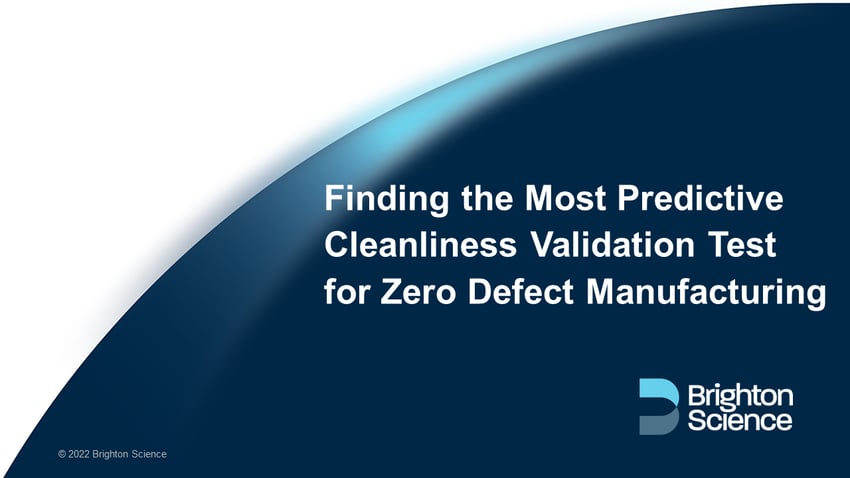 For an adhesion and cleaning process control method to be truly effective, it must completely fulfill two large criteria. It must have a precise measurement mechanism, and it must be easily scalable throughout the production process.
For an adhesion and cleaning process control method to be truly effective, it must completely fulfill two large criteria. It must have a precise measurement mechanism, and it must be easily scalable throughout the production process.
Outmoded testing methods such as dyne solutions, water break tests, and tape peel tests are either ineffective, destructive, inappropriate for use in production, or all three. A rapid, non-destructive, objective, and data-driven surface quality inspection that is sensitive to the minute surface properties that meaningfully affect manufacturing processes is vital to a fully optimized production process.
This webinar takes a deep dive into the most commonly used surface quality evaluation methods and holds their feet to the fire.
Key Takeaways
- Gain a compendium of surface quality evaluation methods comparing and contrasting each
- Understand which conditions are required for ideal adhesion and how to achieve them
- Get an appreciation of what process variables need to be controlled and how to design those quality assurances at the earliest stages of development
- Learn how to implement surface control tools for complete process monitoring of all cleaning and treatment operations

